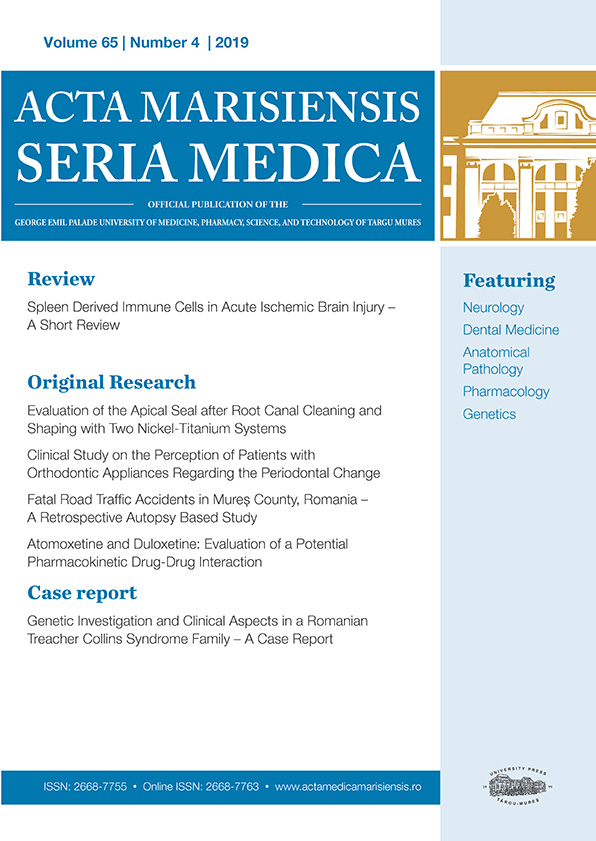Protective effect of Vitamin C against valproic acid on liver: Histological and Biochemical changes on local rabbits
Abstract
Objective: This study was designed to examine the effect of vitamin C on Valproic acid-induced hepatotoxicity. Methods: Male rabbits were separated into three groups, each with five animals. Control group no treatment was provided.
The Valproic acid group received a dose of 400 mg/kg, while the Valproic acid with vitamin C group received 400 mg/kg/day plus 10 mg/kg of vitamin C. Results: The results showed the extent of the effect of Valproic acid alone and with vitamin C alone on the levels of the liver enzymes GOT and GPT compared to the control group.The results of the GOT levels showed a significant increase in the Valproic acid group compared with the rest of the groups, while the group treated with vitamin C with Valproic acid showed a significant decrease compared with the Valproic acid group alone. Microscopic examination of liver tissue from the VA group exhibited severe vacuolar degeneration and necrosis of hepatocytes, infiltration of inflammatory cells in the portal area, recent thrombus, and congestion of the central vein. Liver samples from the VAC1 group displayed mild vacuolar degeneration of hepatocytes liver sections from the VAC2 group showed a restoration of normal hepatocyte architecture. Conclusion: Vitamin C can lessen the harmful oxidative effects of Valproic acid in liver cells by acting as an antioxidant agent.
Copyright (c) 2024 Taghreed Hazem AL-fakje, Faehaa A. AL-Mashhadane, Maha Khaled Yusuf, Faris Ghanim Al-Taee

This work is licensed under a Creative Commons Attribution 4.0 International License.









